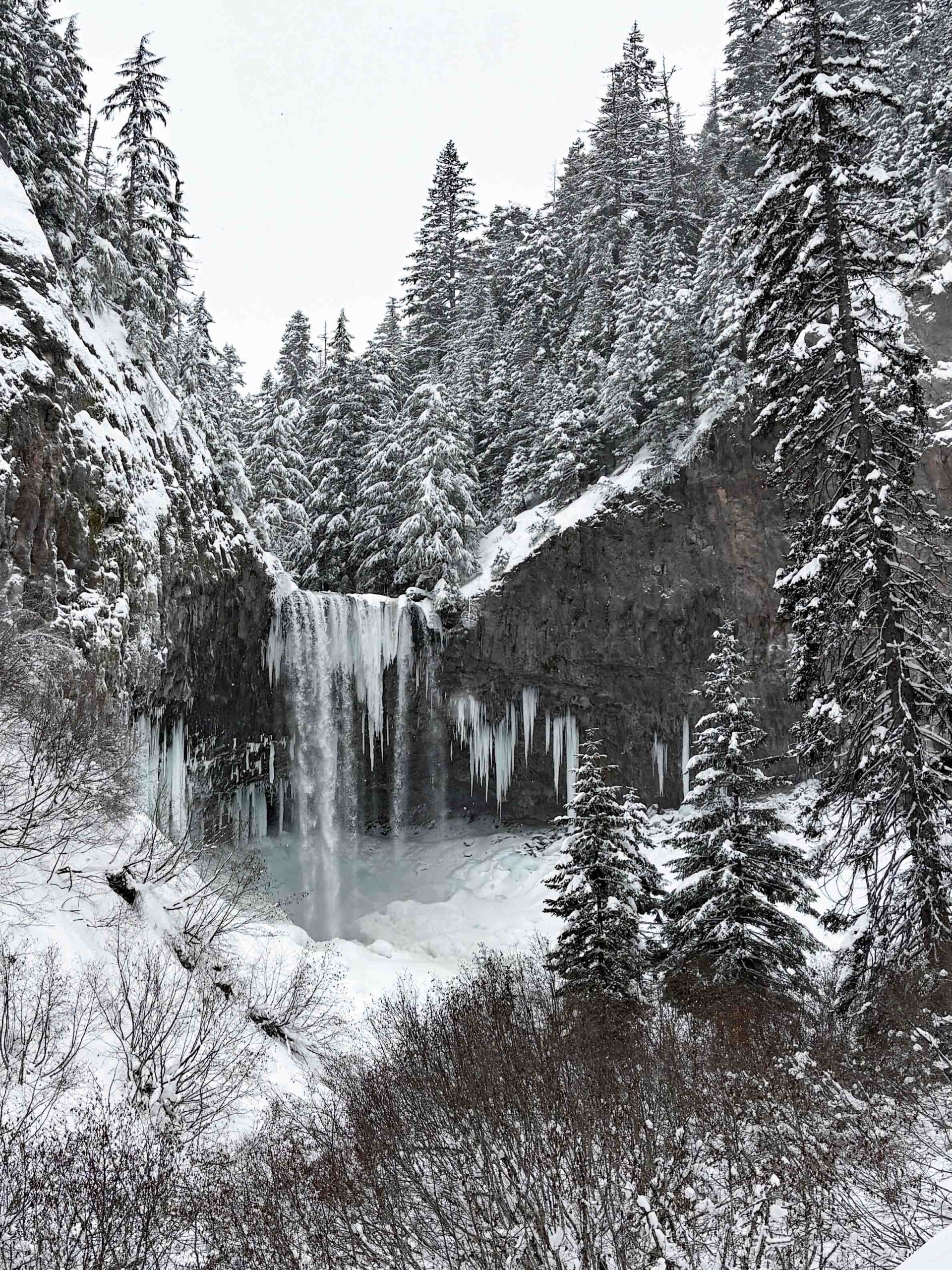
Tamanawas Falls in the Mt. Hood National Forest is beautiful any time of year.
Castle Canyon, OR
There was limited parking at the trailhead and no restrooms and no permit needed. Trail: Castle Canyon #765 Review: January 7, 2025About a 0.1 mile up the trail you reach the Mount Hood Wilderness. The trail climbs at a moderately steep grade to begin with then starts...
Newton Rd Loop, OR
There is a porta potty at the trailhead, no permits needed.A fairly large gravel parking lot. Bicycles are allowed on the trail. Review: January 25, 2025Head southeast out of the parking lot down the slightly muddy gravel trail.It starts out through a forest of maples...

Recent Comments